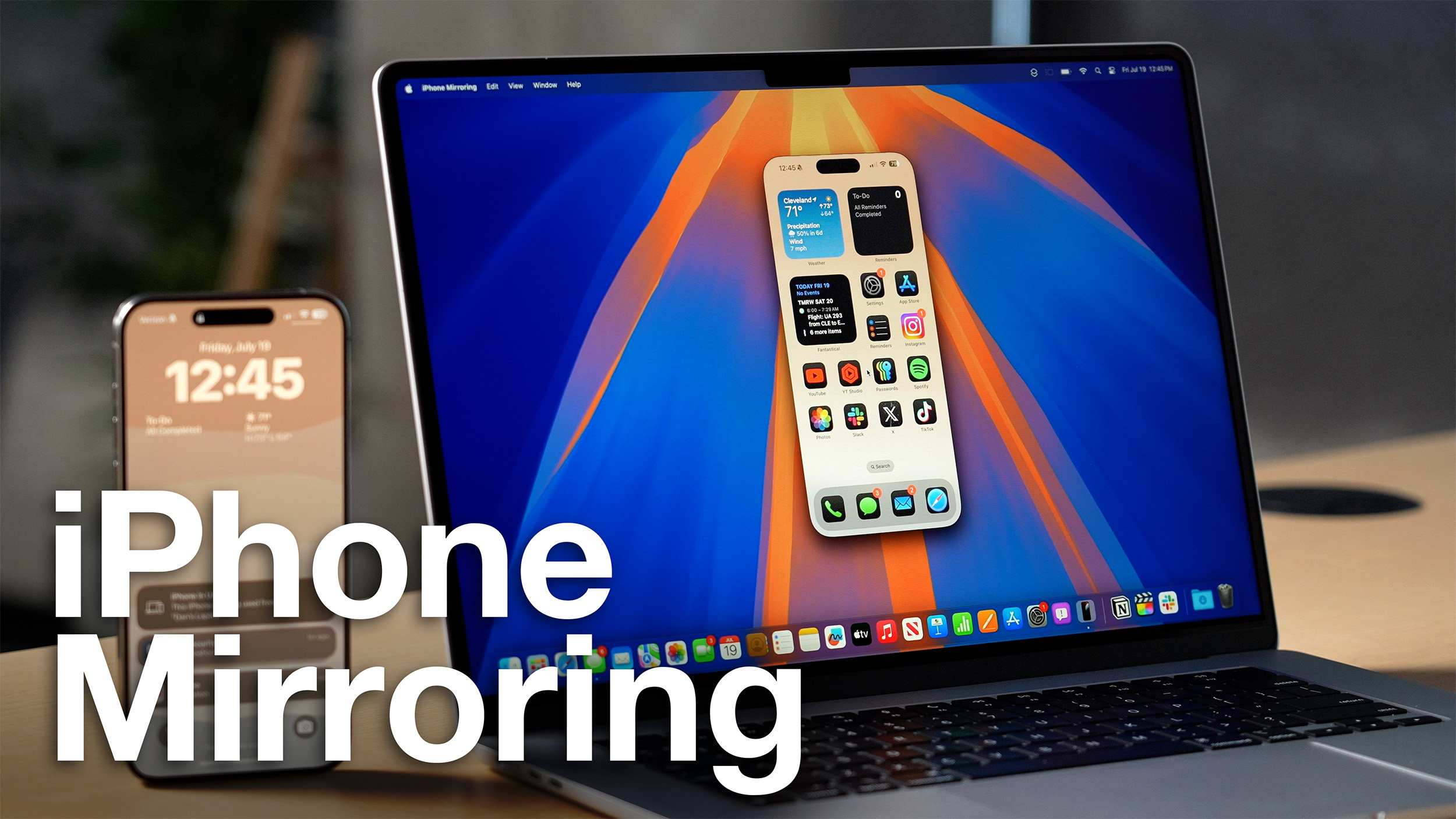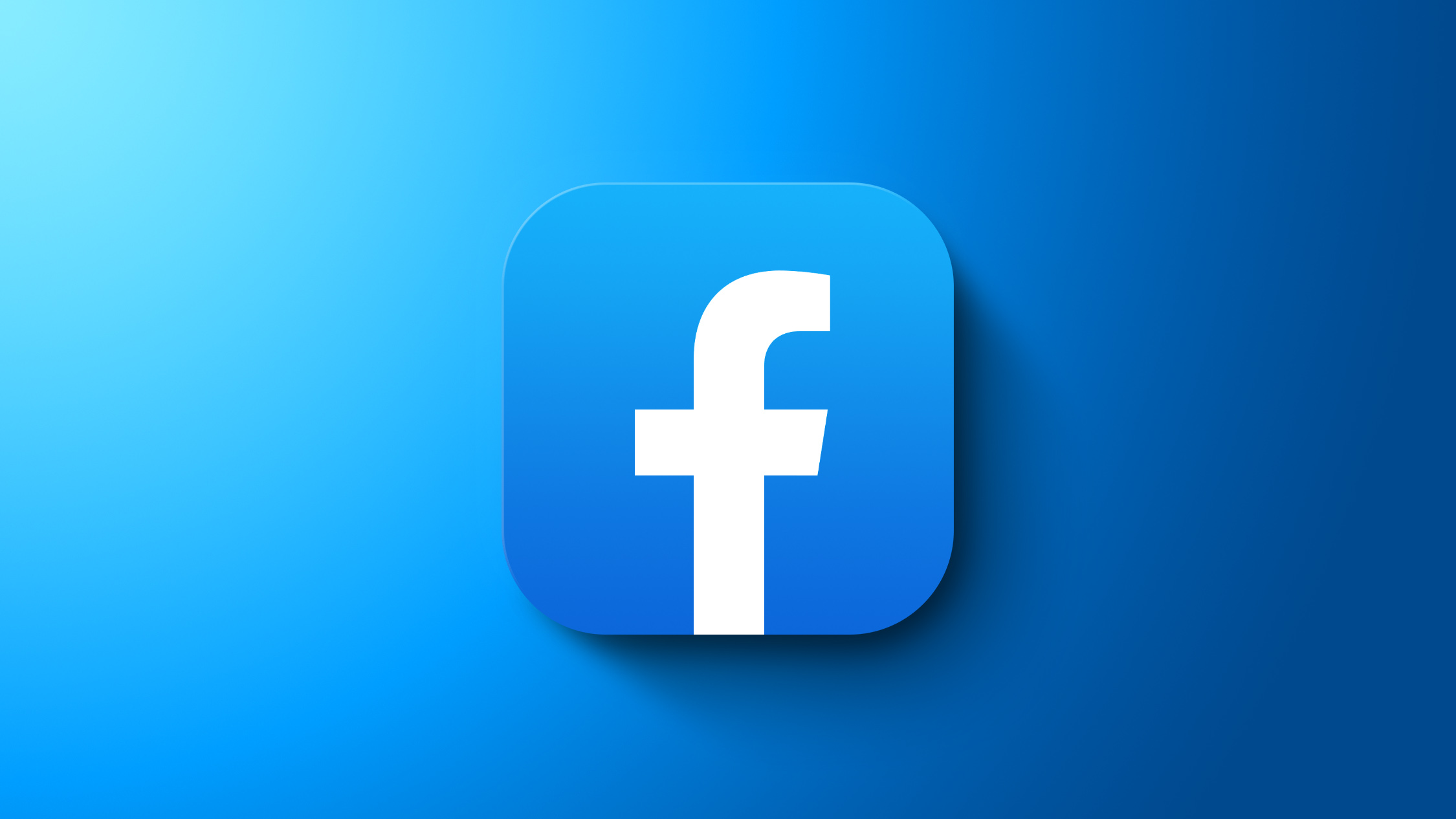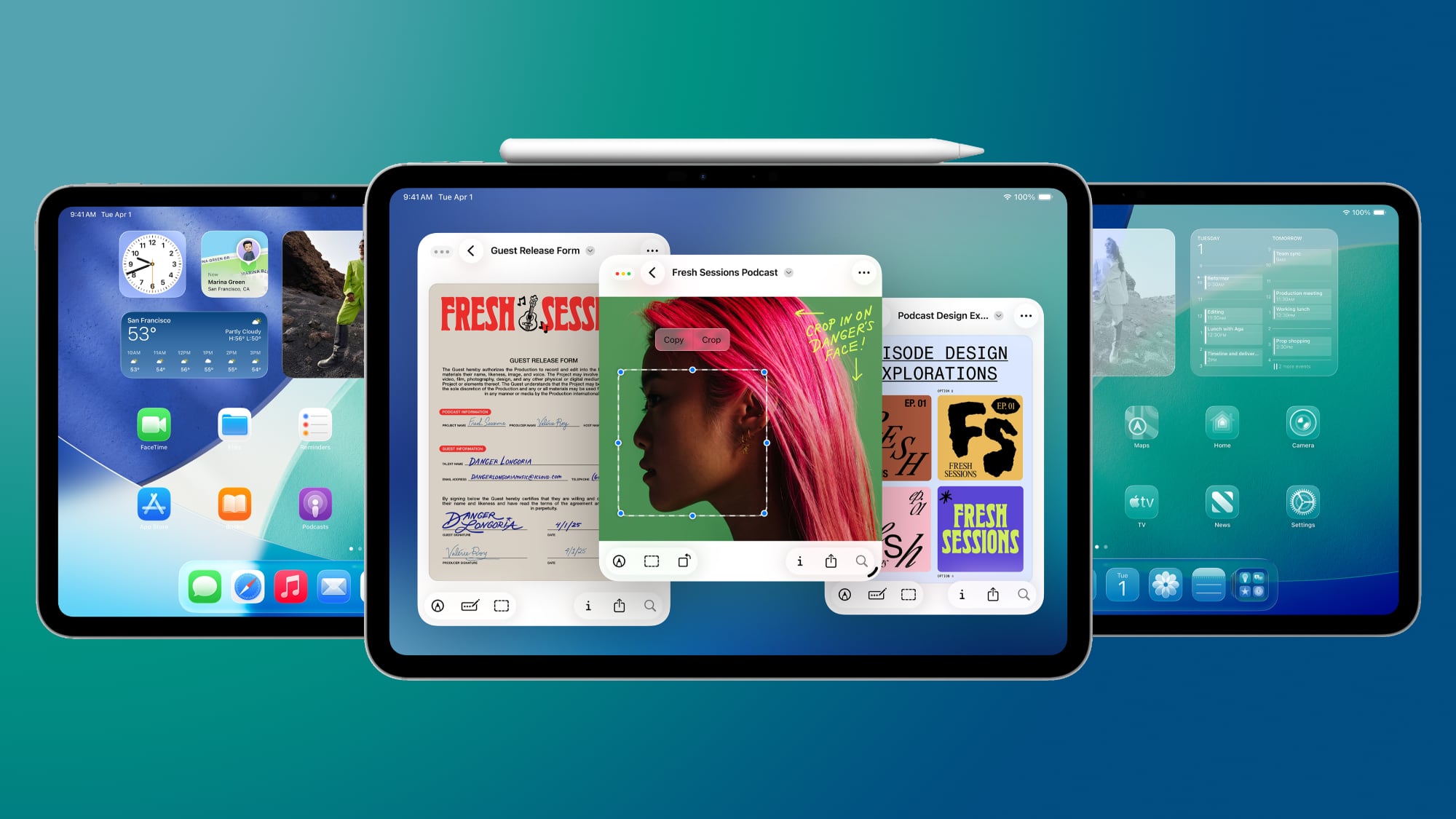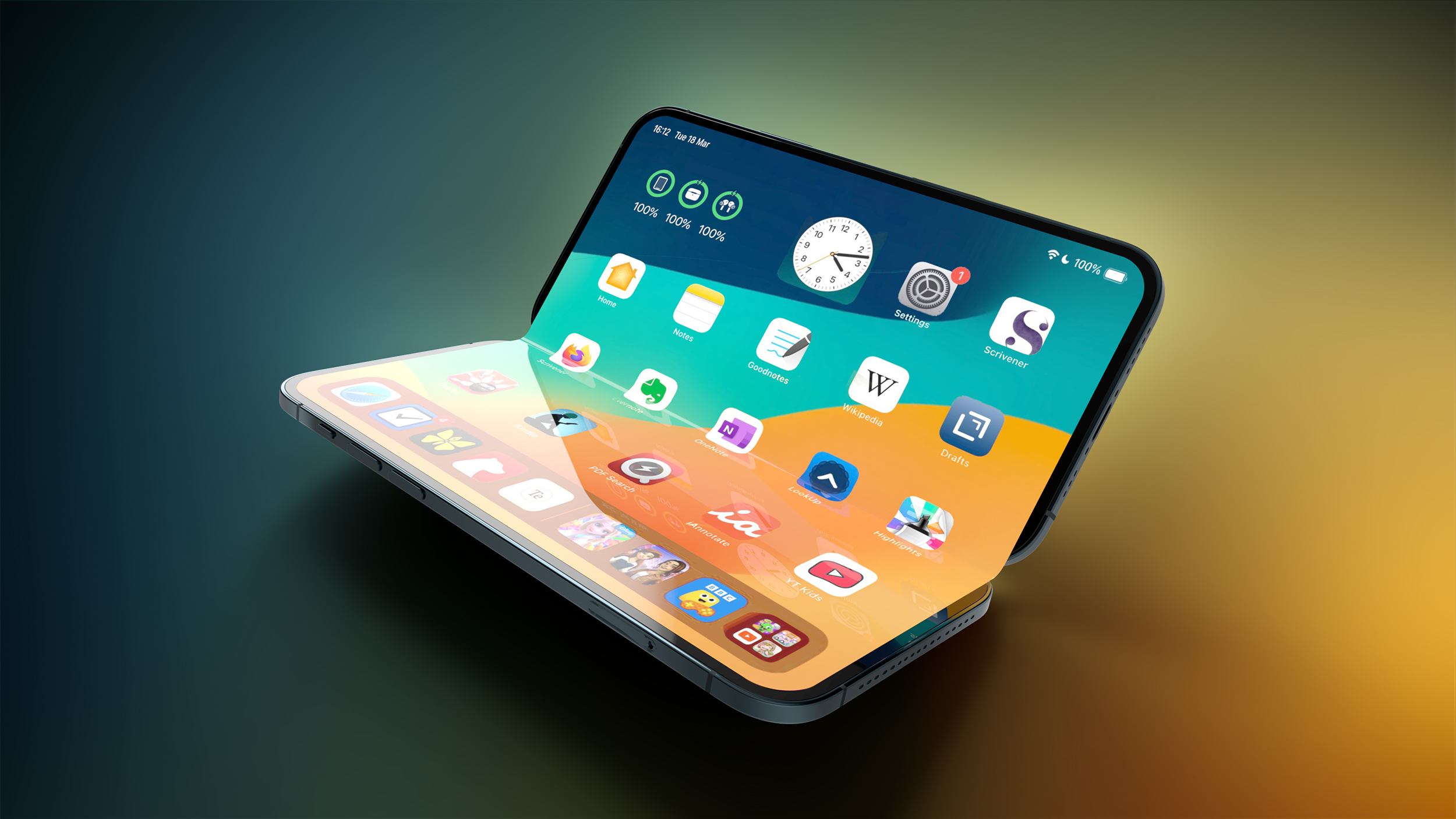Apple won't change the display size of next year's iPhone 18 Pro models, but they'll still look pretty different to what we've generally become accustomed to, rumors are increasingly suggesting.
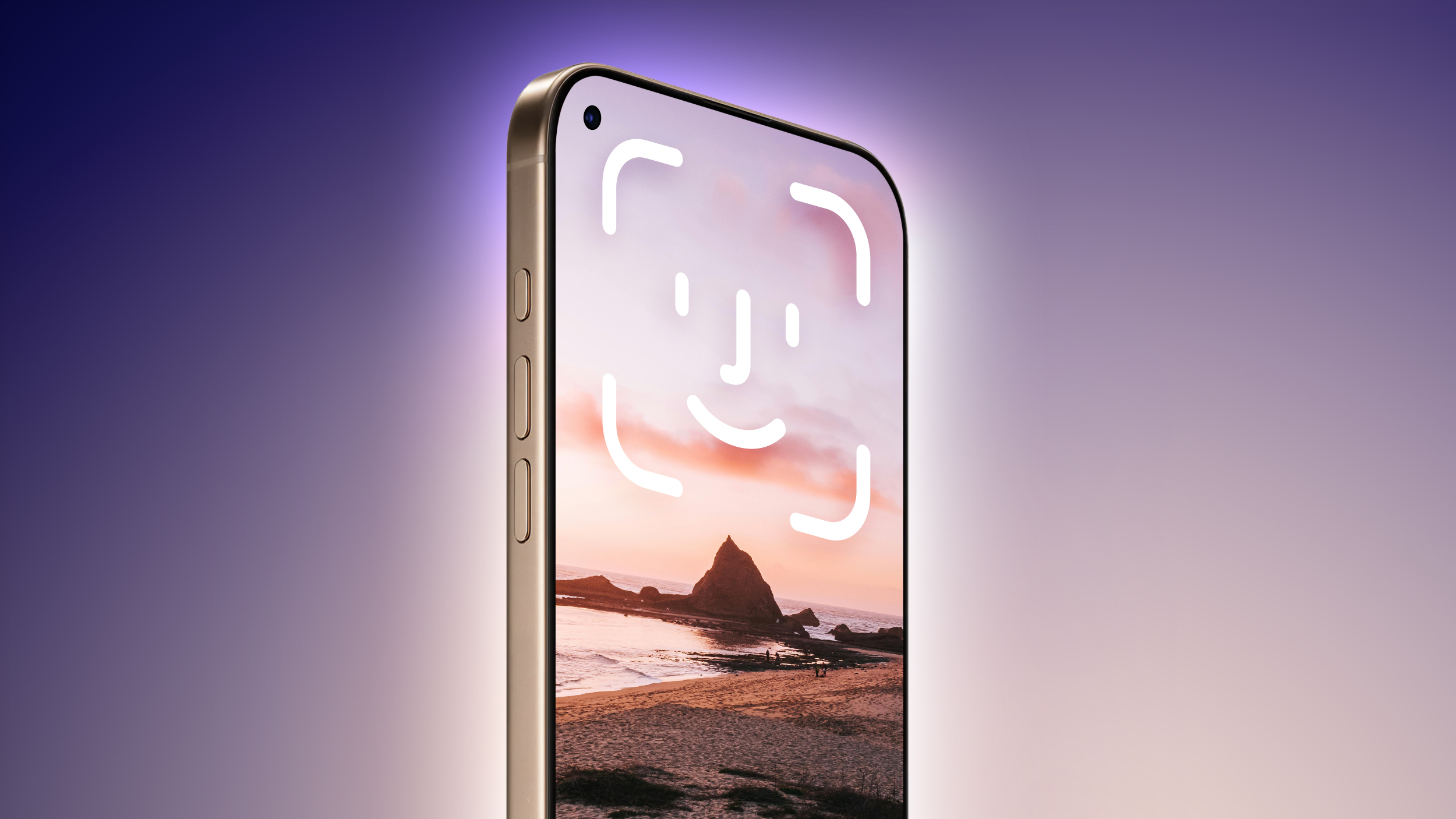
Weibo-based Chinese leaker
Digital Chat Station today said that Apple will stick with 6.3-inch and 6.9-inch displays (rounded up) for the iPhone 18 Pro and iPhone 18 Pro Max, respectively. For context, those are the display sizes of the current iPhone 16 Pro and iPhone 16 Pro Max, and Apple is not expected to change the dimensions for this year's upcoming iPhone 17 Pro devices either.
Despite the unchanged sizes, the leaker corroborated two major revisions to the screens: Apple will move the scanning technology for Face ID under the display, and leave just a pinhole for the front-facing camera as the only obstruction to the on-screen content.
The leaker is corroborating what has previously been reported by display industry analyst
Ross Young and
The Information. One additional detail the latter publication has revealed is worth noting: the iPhone 18 Pro and iPhone 18 Pro Max will position the pinhole to accommodate the front-facing camera in the top-left corner of the screen.
The same report said the devices will no longer have a pill-shaped cutout at the top of the screen, but it is unclear if the Dynamic Island will be discontinued.
In terms of other rumored features, the 48 MP primary rear camera may gain a variable aperture, allowing users manual control over aperture size – enhancing depth-of-field flexibility beyond the fixed ƒ/1.78 aperture used today. This rumor is
attributed to industry analyst Ming-Chi Kuo.
Apple could also introduce Samsung's advanced three-layer stacked sensor for improved responsiveness, lower noise, and better dynamic range, marking a possible shift away from Apple's use of Sony-only sensors, claims
DigiTimes. The technology is called "PD-TR-Logic," according to a leaker known as "
Jukanlosreve", and it refers to a camera sensor with three layers of circuitry affixed to it.
According to Kuo, a jump from
8GB to 12GB RAM is additionally expected, which aligns with rumors that both iPhone 17 Pro and iPhone 17 Air will adopt 12GB. This upgrade should help to improve the performance of Apple Intelligence and multitasking. All four current iPhone 16 models have 8GB of RAM.
It is also said that the next-gen C2 modem – Apple's follow-up to the C1 – will debut in the iPhone 18 Pro, according to analyst
Jeff Pu. This will likely offering mmWave support in the US and improved speed and efficiency.
Lastly,
per Kuo, Apple's A20 Pro chip will be built on TSMC's cutting-edge 2nm process (N2), providing around 15% performance boost and 30% better power efficiency over the 3nm A19 series that is expected to be used in the iPhone 17 series.
All in all, the upgrades reflect pretty significant camera, display, performance, and connectivity enhancements coming in 2026. Still, if you're a stickler for the current iPhone 16 Pro screen dimensions, then today's rumor should provide some gentle relief.
This article, "
iPhone 18 Pro Display Sizes Won't Change Despite Two Major Revisions" first appeared on
MacRumors.comDiscuss this article in our forums
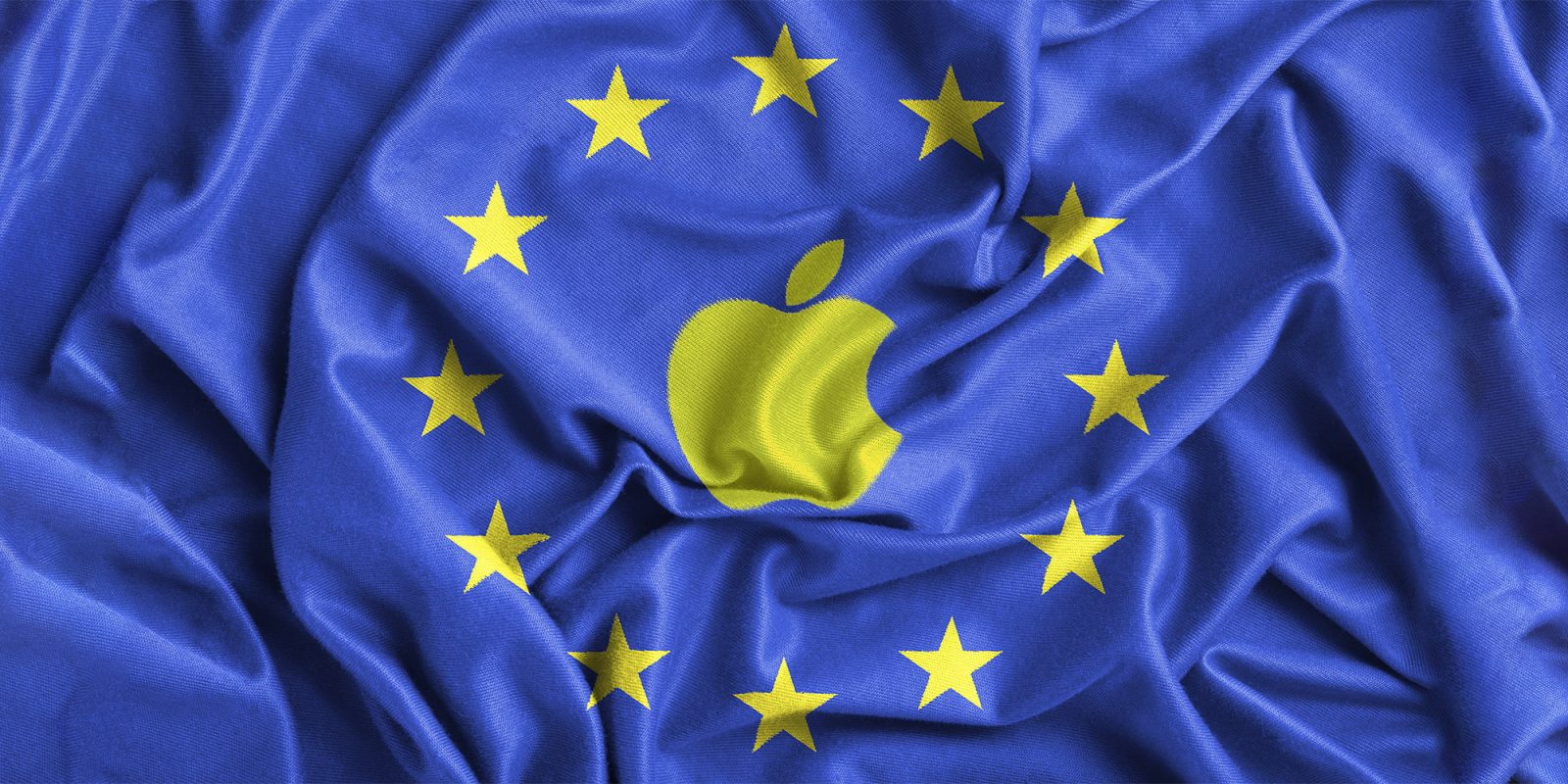

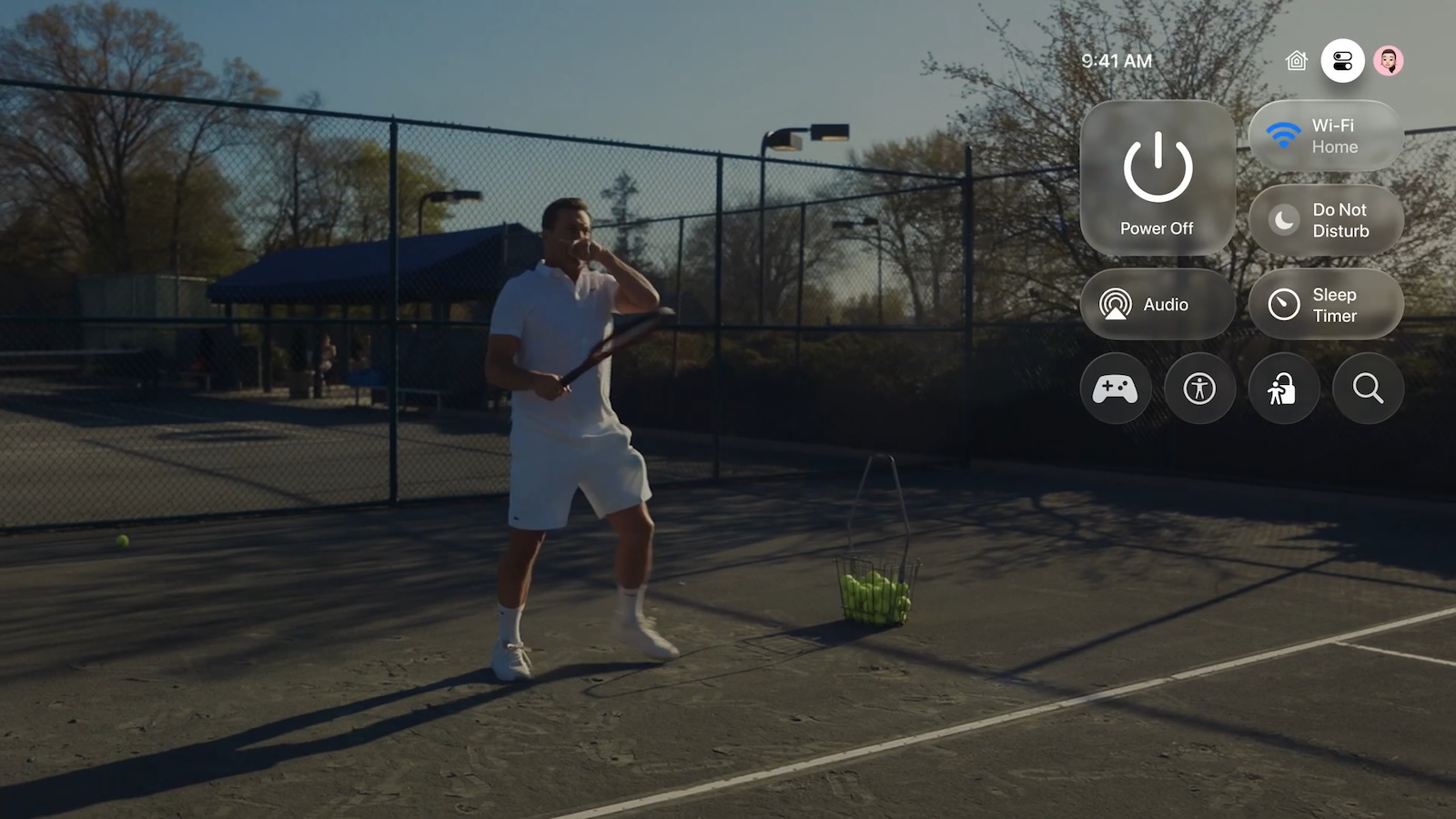




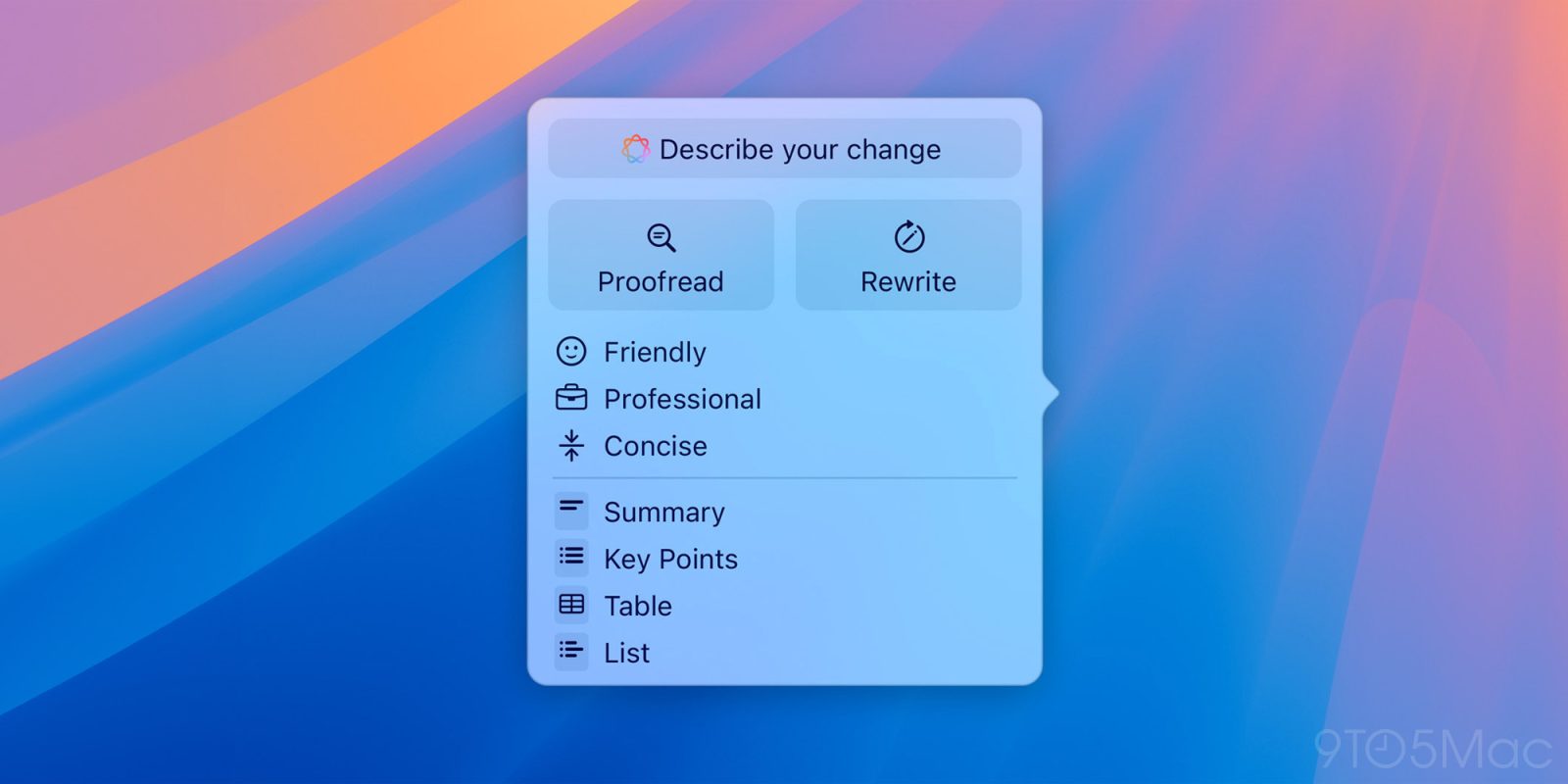
 Note: MacRumors is an affiliate partner with Amazon. When you click a link and make a purchase, we may receive a small payment, which helps us keep the site running.
Note: MacRumors is an affiliate partner with Amazon. When you click a link and make a purchase, we may receive a small payment, which helps us keep the site running.
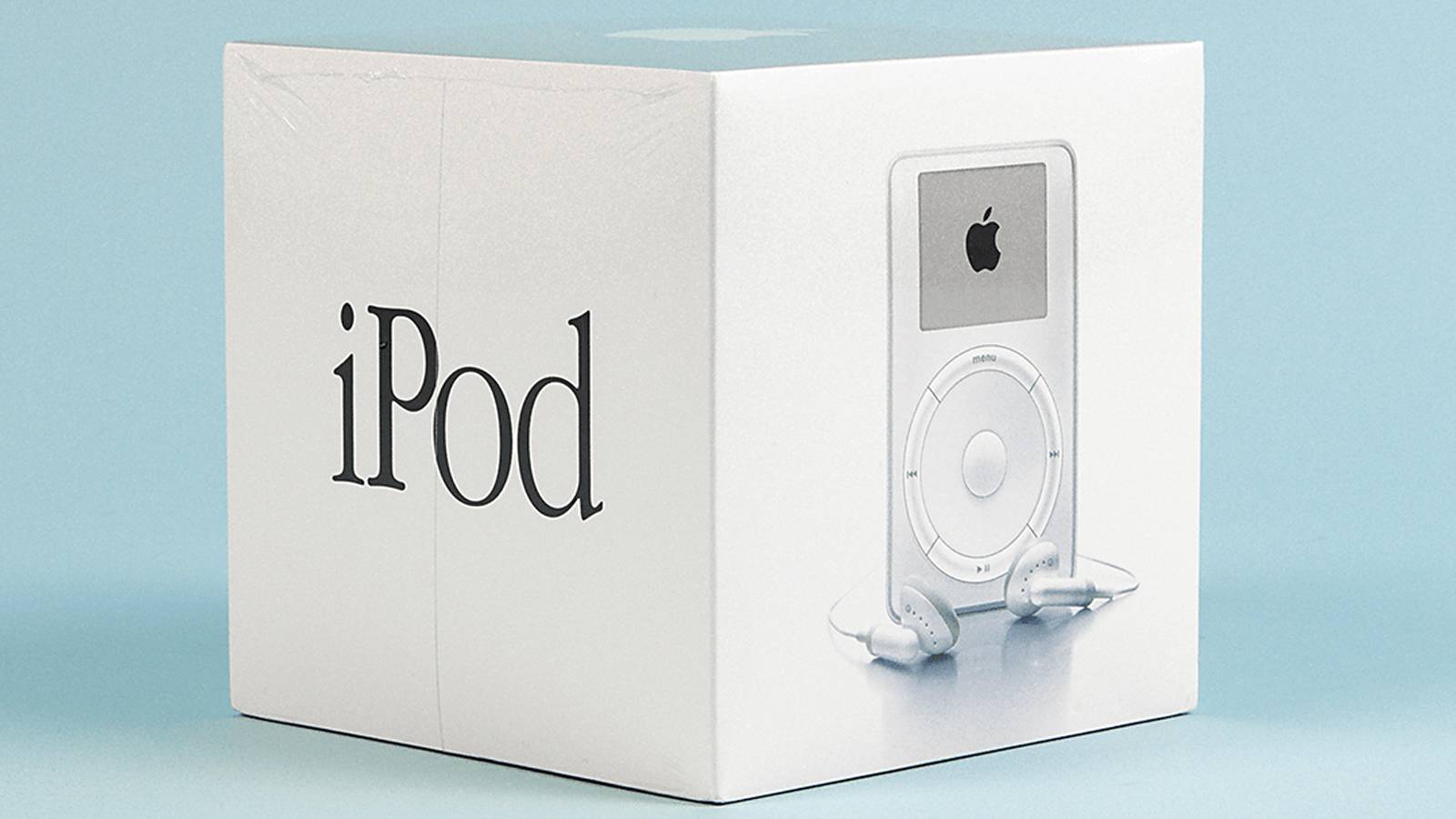
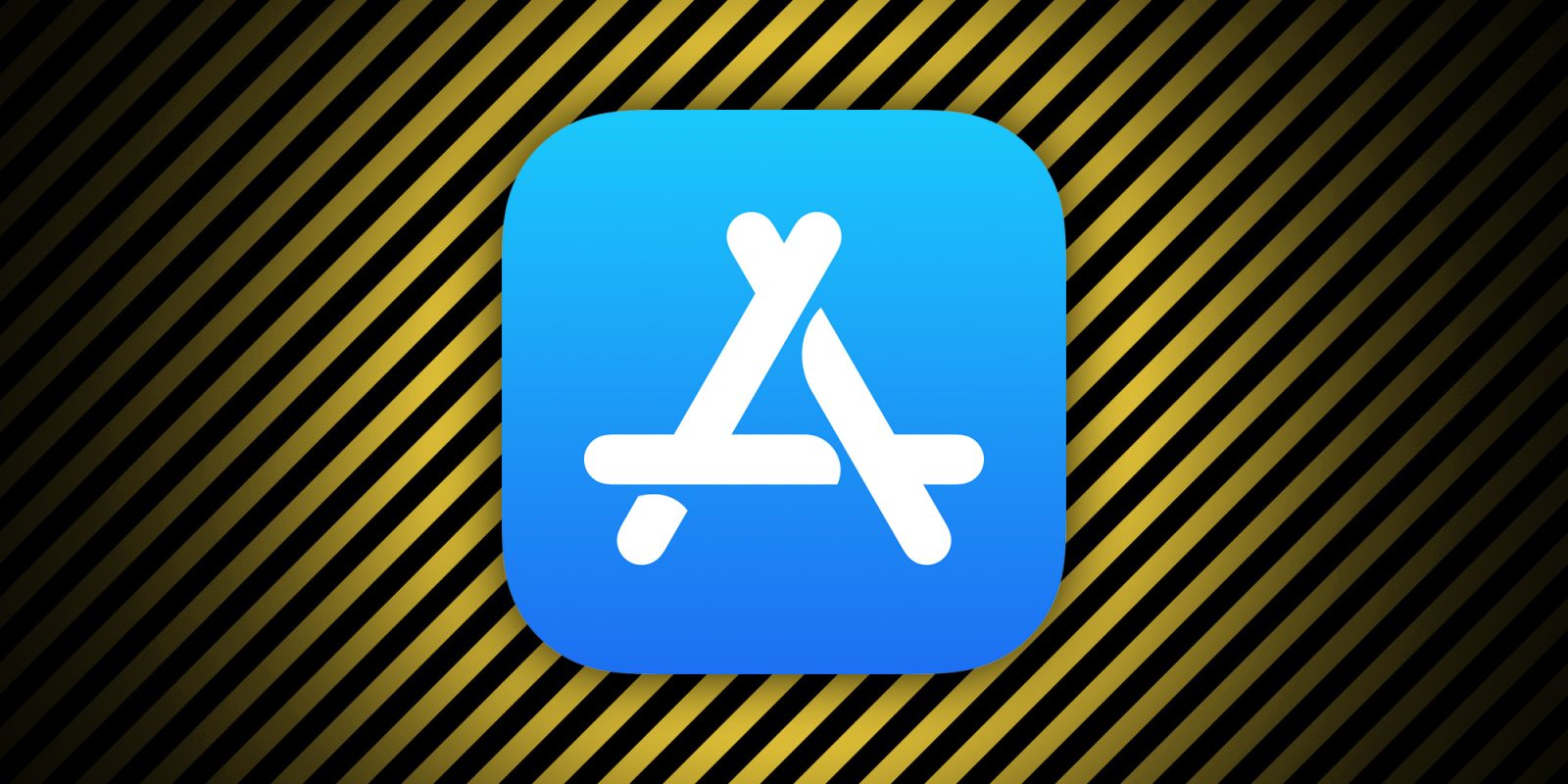
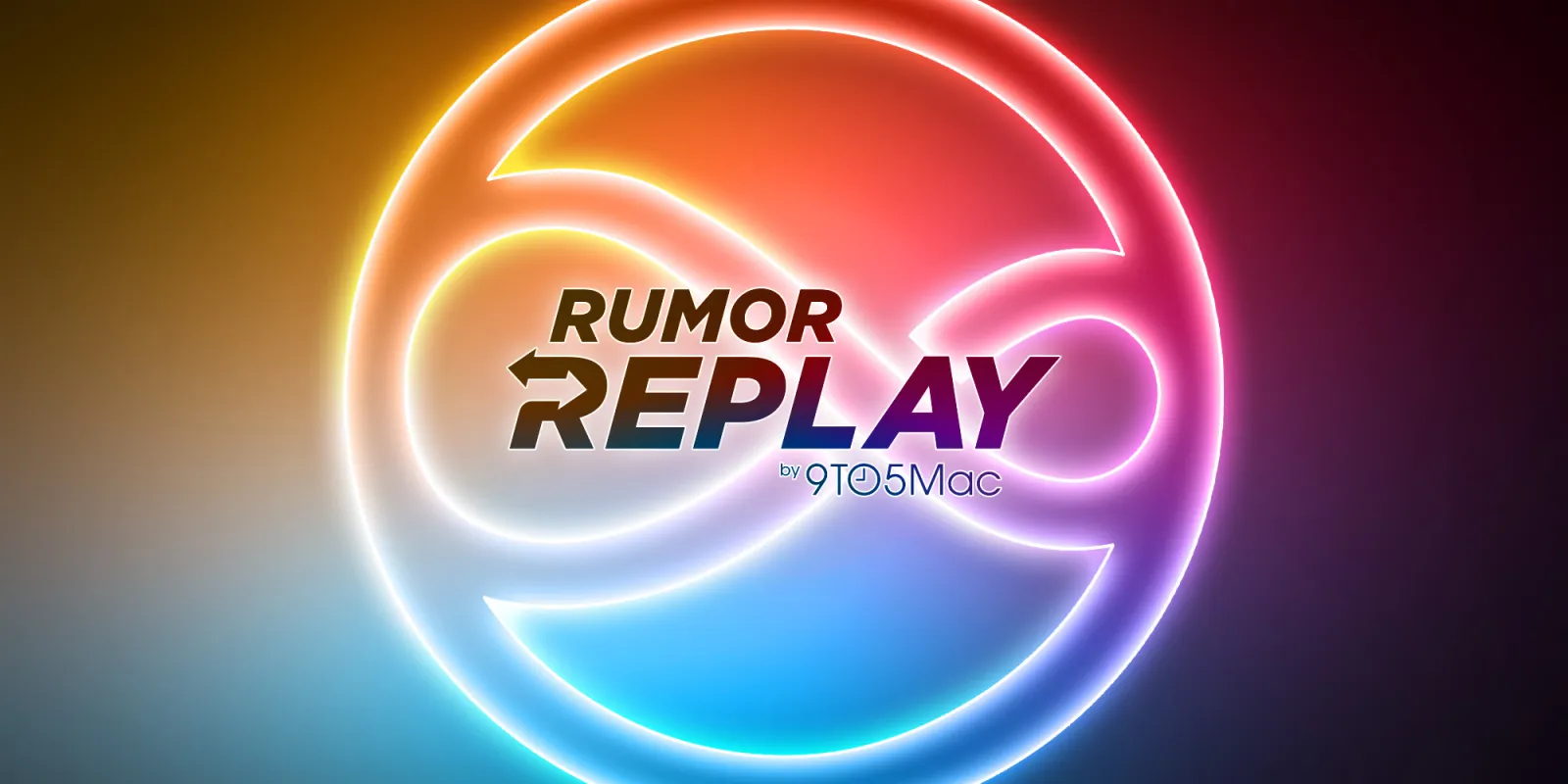



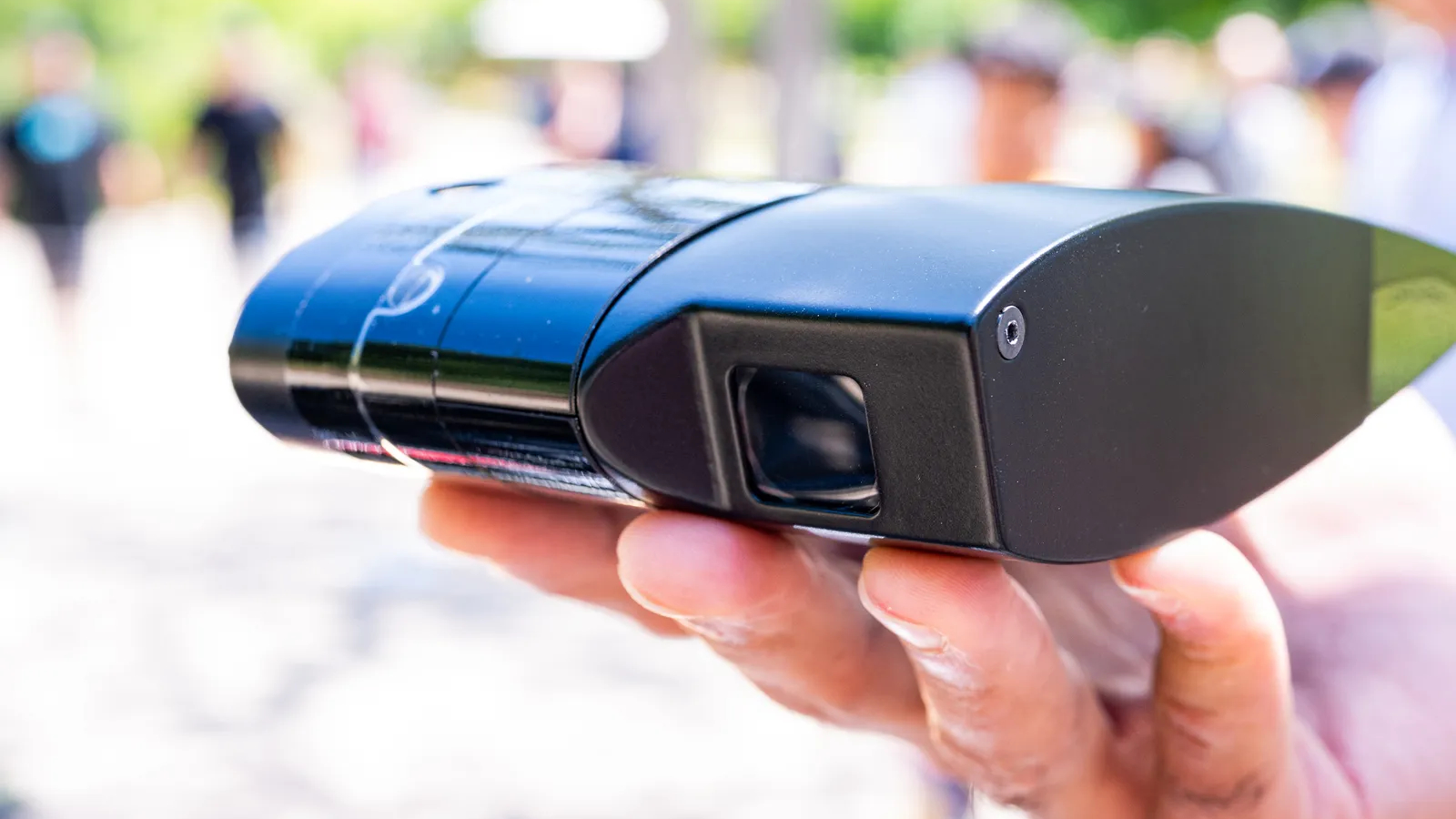 Image via
Image via 






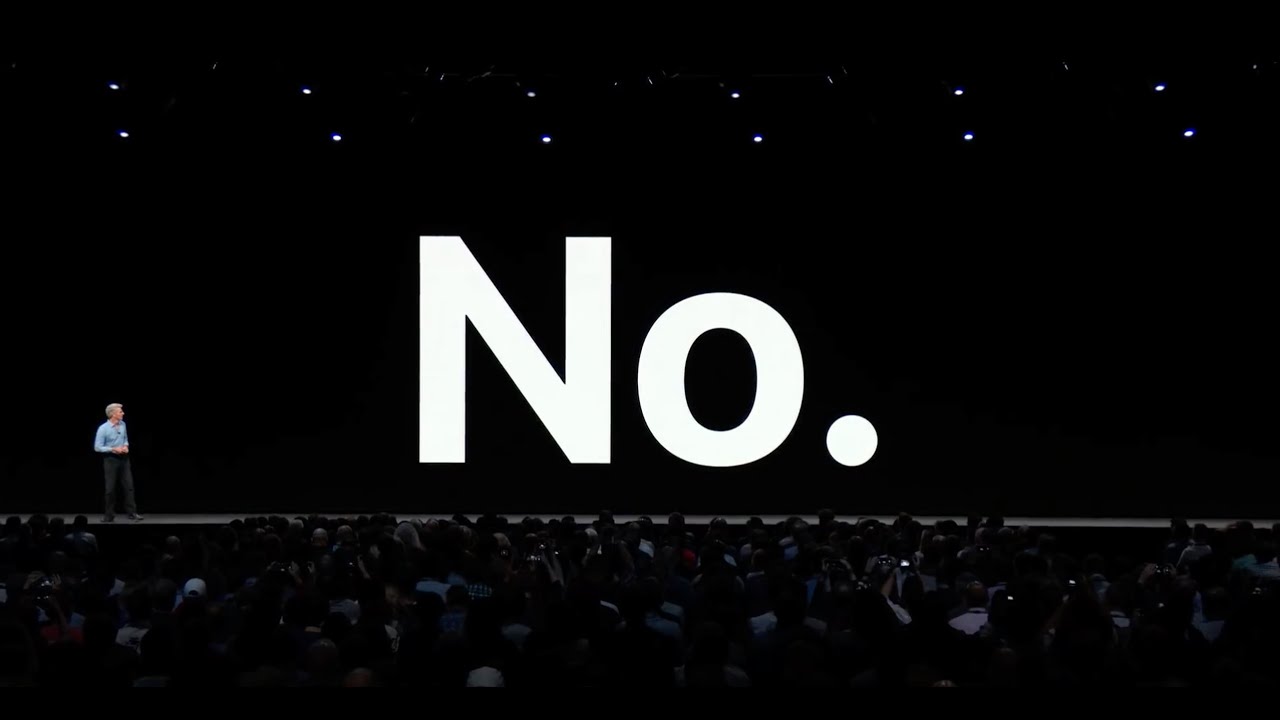 Apple's response to Gruber's interview request (
Apple's response to Gruber's interview request (
